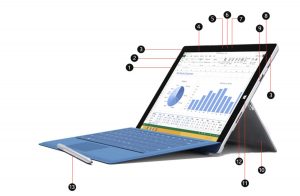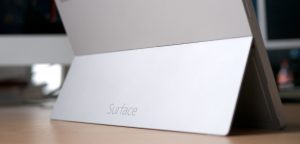Samsung Galaxy Fold: Overcoming Hurdles and Paving the Way for Foldable Devices

The launch of the Samsung Galaxy Fold, a highly anticipated and innovative foldable smartphone, was met with excitement and intrigue. However, this groundbreaking device encountered a series of challenges during its initial release, casting a spotlight on the complexities of developing cutting-edge technology. In this article, we explore the problems faced by the Samsung Galaxy Fold, the subsequent actions taken by Samsung, and the lessons learned in the pursuit of foldable devices.
Unfolding the Issues
Shortly after its release, reports emerged of various issues experienced by early users of the Samsung Galaxy Fold. The most prominent problem was the vulnerability of the device’s display, which exhibited issues such as flickering screens, bulging displays, and even complete screen failures. These issues arose due to the design of the foldable display and the ingress of debris into the device.
Rapid Response and Remedial Measures
Samsung responded swiftly to the reported problems, acknowledging the issues faced by users and taking immediate action. The company decided to delay the official release of the Galaxy Fold and embarked on an extensive investigation to identify the root causes of the display malfunctions.
Collaboration and Redesign
During the investigation, Samsung collaborated with external experts and conducted rigorous testing to address the problems identified. The company made crucial design modifications to reinforce the integrity of the device, including strengthening the hinge mechanism and implementing additional protective layers on the display. These adjustments aimed to enhance the durability and reliability of the Galaxy Fold.
User Education and Support
Samsung placed significant emphasis on educating users about the unique characteristics of the Galaxy Fold. The company provided comprehensive instructions on handling and caring for the device, highlighting the importance of avoiding excessive pressure on the display and preventing the ingress of foreign substances. Additionally, Samsung offered dedicated customer support channels to address any concerns and provide assistance to users.
Reintroduction and Positive Reception
After several months of extensive improvements and testing, Samsung relaunched the Galaxy Fold with enhanced durability and an improved user experience. The reintroduction was met with positive feedback, as users praised the device’s innovative concept, multitasking capabilities, and smooth user interface.
Learnings and Future Implications
The challenges faced by the Samsung Galaxy Fold serve as valuable lessons in the pursuit of foldable devices. The incident highlighted the importance of rigorous testing, close collaboration with experts, and a commitment to user safety and satisfaction. The iterative nature of technological advancements necessitates taking risks and addressing unforeseen issues to pave the way for groundbreaking innovations.
Advancing Foldable Technology
Despite the initial setbacks, the Samsung Galaxy Fold played a pivotal role in advancing the development of foldable technology. It served as a catalyst for innovation within the industry, encouraging other manufacturers to explore and refine their own foldable devices. The subsequent iterations of foldable smartphones from various companies have showcased significant improvements, benefiting from the lessons learned through the Galaxy Fold experience.
Conclusion
The Samsung Galaxy Fold’s journey from initial release to reimagined device demonstrates the inherent challenges of introducing groundbreaking technology to the market. Samsung’s proactive response, collaborative approach, and commitment to continuous improvement have set a precedent for the development of foldable devices. The incident serves as a reminder that with innovation comes risk, and the ability to learn from setbacks and address issues is essential in shaping the future of technology.







